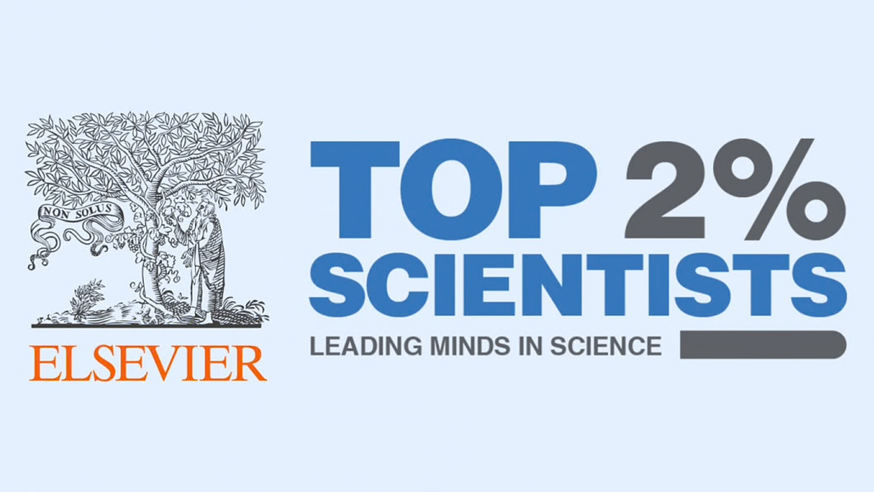In an era where scientific breakthroughs shape our future, a new study from Stanford University and Elsevier has pinpointed the researchers leading the charge. The updated ranking of the world’s top 2% most-cited scientists reveals not just who’s publishing – but whose work is driving global progress.
The massive dataset, analyzing millions of academic papers across 176 disciplines, serves as a who’s who of scientific influence. This year’s list features familiar heavyweights from elite institutions alongside rising stars from emerging research hubs.

The Methodology Behind the Rankings
Unlike traditional reputation-based rankings, the study employs hard metrics: lifetime citation impact, recent year productivity, and field-adjusted benchmarks. The result? A granular look at which researchers’ work actually gets used – and built upon – by their peers worldwide.
India’s Rising Research Clout
With over 1,500 scientists making the cut, India emerges as a notable presence. The Indian Institute of Science leads the pack, particularly in materials chemistry and aerospace engineering. Several IITs and medical research centers also feature prominently, though experts note the country still punches below its weight given its vast academic workforce.
“We’re seeing more Indian names each year,” notes Dr. Priya Chatterjee, a computational biologist at IISc who appears on the list. “But the real test will be whether we can convert citations into tangible innovations that address India’s unique challenges.”
The Citation Controversy
The study has reignited debates about how we measure scientific impact. Critics argue the emphasis on citations disadvantages researchers in applied fields where patents matter more than papers, or those working in local contexts less visible to international journals.
“My most impactful work never got cited in Nature,” says agricultural scientist Dr. Rajiv Menon, whose drought-resistant crops have helped thousands of farmers. “But it changed lives in rural Maharashtra.”
What the List Reveals About Global Science
The rankings confirm the continued dominance of American institutions, which claim nearly 40% of top spots. China’s rapid ascent shows in its second-place position, while traditional European powerhouses maintain strong showings.
Notably, artificial intelligence and biomedical research account for the fastest-growing segments – a telling sign of where both scientific interest and funding are flowing.
Beyond the Numbers
While the Stanford-Elsevier list offers valuable benchmarking, many in the scientific community urge looking deeper. “True impact isn’t just about who cites you,” argues Dr. Elena Gomez, a science policy expert at ETH Zurich. “It’s about whether your work actually solves problems.”
As the research landscape evolves, so too might how we identify its leaders. For now, this list provides a compelling snapshot of the minds shaping humanity’s knowledge frontier.
Where to Find More
The complete dataset, searchable by name, institution and research area, is available through Elsevier’s public research portal.








